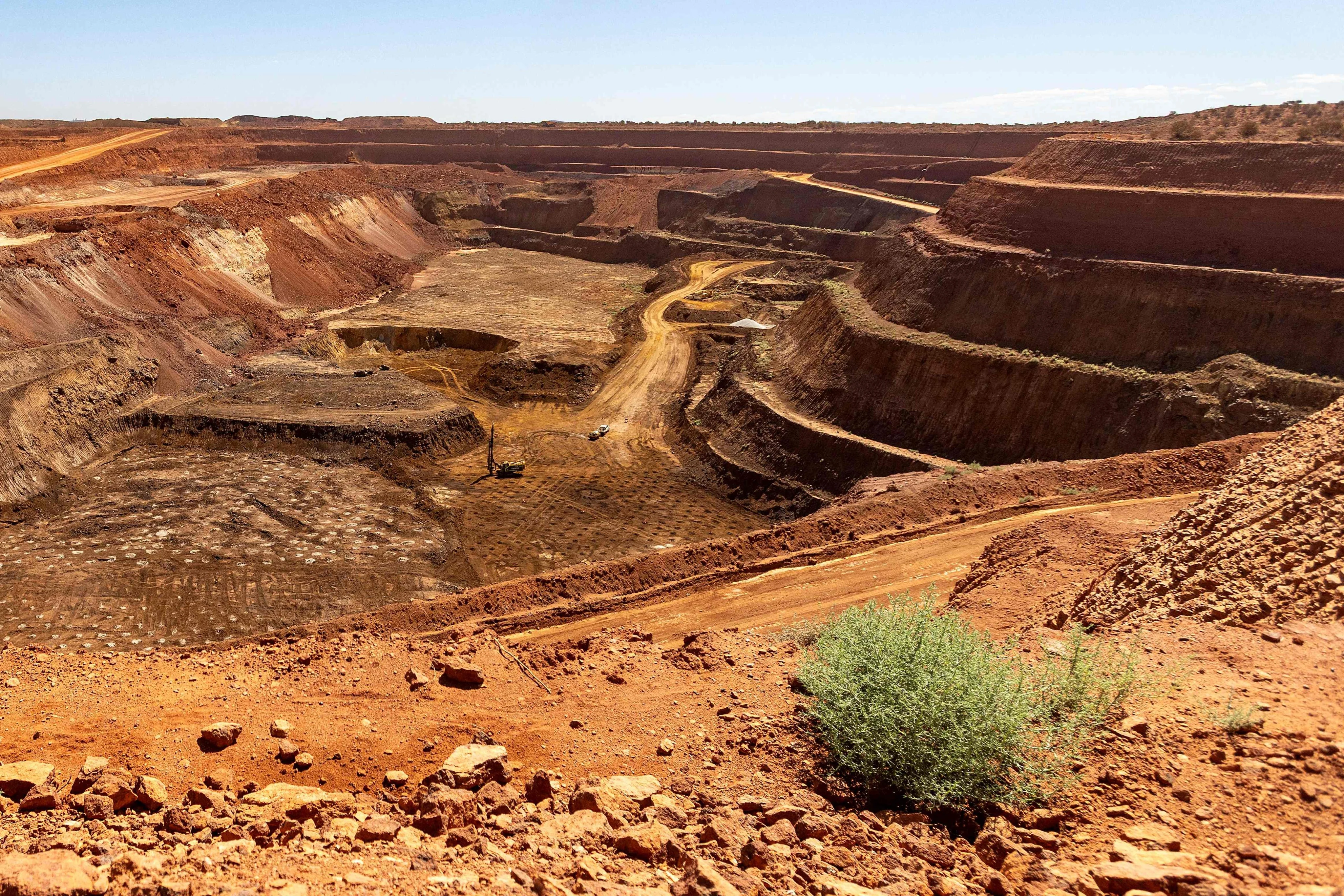Copyright scmp

China’s tightening of export controls of its rare earth minerals by expanding licensing requirements for foreign firms has ramifications for countries such as the United States. The latter’s heavy reliance on Chinese imports and lack of domestic processing facilities make it increasingly vulnerable. The delay in treating rare earth minerals as a strategic necessity, the absence of reforms and the failure over the years to initiate domestic industrial policies will ensure that it lags behind. Mere adoption of reactionary measures against Beijing to gain geopolitical dominance on rare earths will not cut it. Strategic vulnerability makes achieving self-sufficiency challenging. China, unlike the United States, has massive strategic leverage as it mines around 70 per cent of minerals globally and accounts for 90 per cent of global processing capability. Its tightened export controls via expansion of licensing prerequisites further demonstrates its strategic capital and ability to affect supply chains across the world. Even before the announcement of the latest curbs, shipments of rare earth magnets to the US fell 28.7 per cent month on month in September. Rare earths are critical to the clean energy transition and defence technology. Impediments to production and interlinkages with Chinese supply chains reveal the US’ glaring vulnerabilities. China’s rare earth mines for example, span its northern and southern provinces – Inner Mongolia, Sichuan, Jiangxi and Fujian – while the US has only one active mine owned by MP Materials in Mountain Pass, California. That mine operates amid limited domestic processing capacity to cater to local demand. In contrast, China has excellent downstream processing of minerals and processes rare earths mined in countries around the world. China’s latest export controls threaten to jeopardise production continuity. Karen Hui, Greater China research scholar at the Asia Pacific Foundation in Canada, warns that Beijing’s controls could result in firms possessing Chinese-made equipment losing access to maintenance services. While such vulnerabilities warrant greater investment in domestic capacity building and diversification drives, the building of new value chains, such as magnet producing facilities to hedge against China’s dominance in the sector, will take years. China’s edge, meanwhile, is the consequence of domestic incentivisation alongside innovative and multilayered approaches. In September, for example, it unveiled a work plan on developing its domestic non-ferrous metal industry, including rare earths, aiming for average annual growth of 5 per cent. Additional targets include the production of over 20 million tonnes of recycled materials, highlighting Beijing’s emphasis on resource efficiency and green transformation domestically. This complements existing and decades-long expertise in minerals and mining, domestic research and development and state support for the production of critical minerals. In contrast, the US has adopted reactive measures centred on securing alternative supply networks. This includes a US$500 million framework with Pakistan to deliver rare earths and a US$8.5 billion deal with Australia, which includes US$1 billion to be invested in projects in the two countries over the next six months, as well as the passing of executive orders, emphasising the importance of rare earths for its national security. Such initiatives, however, are transactional instead of comprehensive as they lack industrial strategies such as providing substantial subsidies for sectors such as electric vehicles. US efforts, such as boosting stockpiling of rare earth elements, have begun too late. This dearth of prioritisation of domestic ecosystems to enable critical rare earth mineral processing compromises processes essential to America’s rare earth supply chain resilience, such as exploration, refining, recycling and reinvesting. China imposition of export controls, amid its own robust supply chain resilience, means that the US is being dragged into cost escalation in its clean energy and defence sectors. The question then is: what are the prospects for the US’ push to achieve rare earth self-sufficiency amid such turbulence? A closer examination of trends indicates that structural impediments dampen prospects despite isolated positive developments. Some American firms are making headway. USA Rare Earth is developing a magnet manufacturing plant in Oklahoma and holds mining rights to a rare earth and critical minerals deposit in West Texas. American Resources Corporation closed a US$33 million deal with private investors to speed up the commercialisation of its rare earth element recovery strategy from already-mined coal waste. Also, while the United States is only just waking up to the need to treat investments in rare earth mineral ecosystems as a strategic priority, it has accelerated its response to vulnerabilities with the Department of Energy, announcing in August US$1 billion in funding for research into alternative technologies and recycling of minerals. However, such incremental developments cannot detract from the fact that Chinese processing of rare earths remains unparalleled. For the US, an increase in mining capacity does not translate into coming anywhere near the global processing of rare earths which remains China-centric. Separation and refining will take years to develop and requires greater capital inflows. In the meantime, American reliance on Chinese imports of heavy rare earth minerals makes it vulnerable to the Chinese government’s policy priorities. An immediate plugging of rare earth gaps remains unrealistic. Massive structural gaps and the inability to treat rare earths as a strategic lever will cost the US in the long run.



